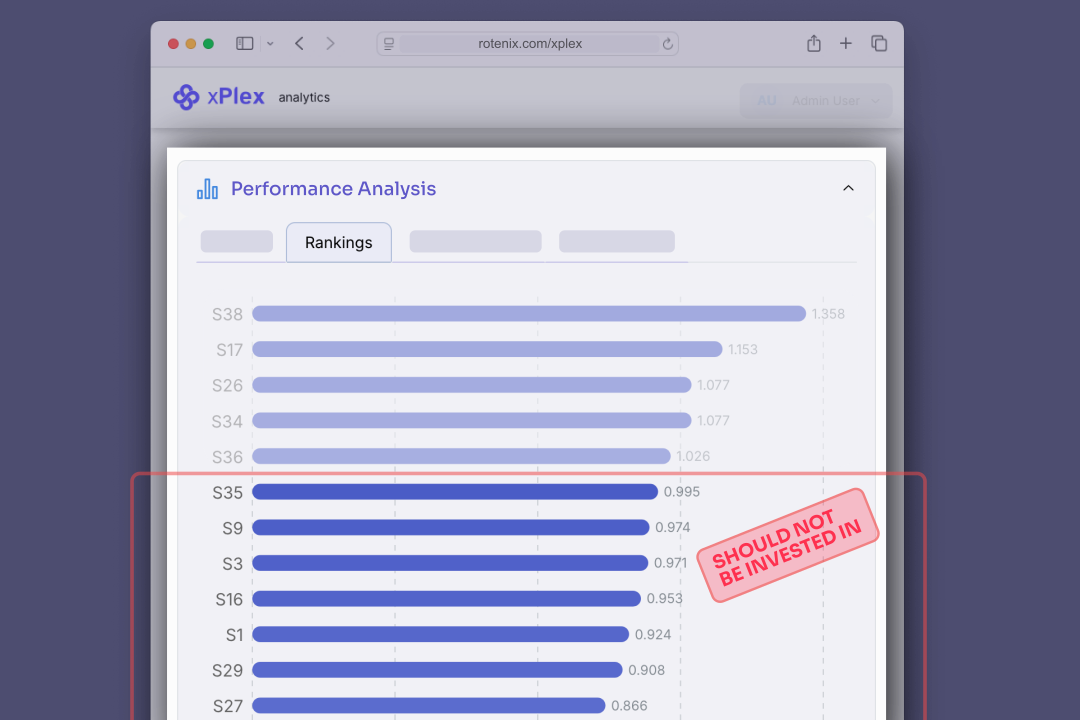· Research Team · 6 min read
Antifragility vs. Robustness
Antifragility, robustness, and embracing the unknown

Embracing Robustness and Antifragility
In an unpredictable and often chaotic world, how we respond to challenges and uncertainty defines our ability to not only survive but thrive. Two prominent concepts that have emerged in the discourse around systems and their capacity to endure and adapt are “robustness” and “antifragility.” While both terms refer to the ways in which systems respond to stress and disorder, their differences are profound and shape how we can approach uncertainty. Robust systems resist change, maintaining their structure despite disruptions. Antifragile systems, however, go beyond mere resilience; they improve, evolve, and grow stronger when exposed to volatility. Understanding these concepts is crucial in fields as diverse as biology, economics, technology, and personal development, as antifragility offers a framework for harnessing uncertainty to create progress and strength.
Robustness is traditionally viewed as a key feature of systems designed to endure shocks. Robust systems are built to resist the negative effects of stress and change without compromising their essential characteristics. For instance, in civil engineering, a robust bridge is designed to withstand weather conditions, heavy traffic, and other stresses without collapsing. Similarly, a robust economy is one that can endure financial crises and continue to function despite external shocks. Robust systems resist change by absorbing or deflecting stress, but their capacity for growth and improvement in the face of that stress is limited. The focus is on maintaining stability and structure, often at the cost of flexibility and adaptability. In a world characterized by increasing complexity and unpredictability, robustness, while valuable, has its limits.
Antifragility, a concept introduced by Nassim Nicholas Taleb in his book Antifragile: Things That Gain from Disorder, offers a more dynamic and adaptive alternative. While robustness aims to prevent or minimize the damage caused by disorder, antifragility embraces it, turning disorder and volatility into opportunities for improvement. Taleb defines antifragility as the property of systems that not only withstand shocks but actually benefit from them. In this sense, antifragile systems thrive under pressure, leveraging uncertainty and chaos to evolve and grow stronger. A prime example of antifragility can be found in biological evolution, where species exposed to changing environments and external stresses develop advantageous adaptations that make them more suited to survive in the long term. Unlike a robust system, which may remain stagnant or degrade over time, an antifragile system actively improves in response to external stressors.
The relationship between robustness and antifragility is not simply one of opposition but rather of degrees on a spectrum of resilience. Robust systems, while stable, are ultimately fragile in that they cannot grow or adapt to new conditions. Antifragile systems, on the other hand, are dynamic, using stress to catalyze improvement. Where robustness might be about “surviving,” antifragility is about “thriving.” This distinction is critical when dealing with uncertainty, as robust systems may hold up for a time but are often vulnerable to larger or more sustained shocks. Antifragile systems, by contrast, are designed to learn from small failures, turning these into opportunities for growth, making them more resilient in the long run.
Understanding antifragility provides a blueprint for how to approach uncertainty not as a threat but as a potential ally. Uncertainty is a defining feature of modern life, whether in the realms of economics, politics, technology, or personal development. Attempting to eliminate uncertainty altogether is futile; no matter how much we plan or prepare, the future remains unpredictable. Antifragility offers an alternative approach by suggesting that instead of trying to avoid uncertainty, we should embrace it and use it to our advantage. This mindset shift is particularly relevant in the context of innovation and progress. Many of the greatest technological advances and societal achievements have been born out of times of upheaval and disorder. For example, during World War II, the urgent need for innovation led to breakthroughs in fields such as radar technology, jet propulsion, and nuclear energy. Antifragile systems and individuals capitalize on such moments of disruption, transforming uncertainty into opportunity.
One of the key ways antifragility helps to tame uncertainty is by encouraging systems to embrace volatility. Instead of aiming for stability at all costs, antifragile systems are designed to benefit from fluctuations and disturbances. In finance, for instance, an investment portfolio that is too heavily focused on low-risk, stable assets may appear robust but is vulnerable to large-scale economic shocks. In contrast, a portfolio that mixes low-risk and high-risk investments is better equipped to capitalize on market volatility, using small losses to fuel larger gains. This approach allows investors to benefit from periods of market instability rather than being undone by them. The same principle can apply to organizations, which can become antifragile by fostering a culture of experimentation and continuous learning. By encouraging employees to take calculated risks and learn from failures, organizations can build a more adaptable and innovative workforce that thrives in times of uncertainty.
Another way antifragility helps to manage uncertainty is through decentralization and redundancy. Centralized systems, while efficient under normal conditions, are often fragile in the face of unexpected disruptions. Decentralized systems, however, distribute risks across multiple nodes, making them more resilient to localized failures. This principle is evident in nature, where ecosystems are typically decentralized and contain a diversity of species that fulfill similar roles. If one species is wiped out, others can adapt to fill the gap, ensuring the overall system remains functional. In contrast, monocultures, whether in agriculture or organizational structure, are fragile because they lack this built-in redundancy. By decentralizing control and introducing redundancy, antifragile systems can absorb shocks more effectively and emerge stronger from them.
In conclusion, the concepts of robustness and antifragility offer two different responses to uncertainty and disorder. While robustness resists change and aims to maintain stability, antifragility leverages stress and volatility as drivers of growth and improvement. In a world defined by increasing complexity and unpredictability, antifragility provides a valuable framework for not only surviving but thriving in the face of uncertainty. By embracing volatility, learning from failure, and building decentralized, redundant systems, we can harness the power of antifragility to turn uncertainty into a source of strength and progress. Instead of fearing chaos and disorder, we can learn to use them as tools to forge stronger, more adaptable systems.




